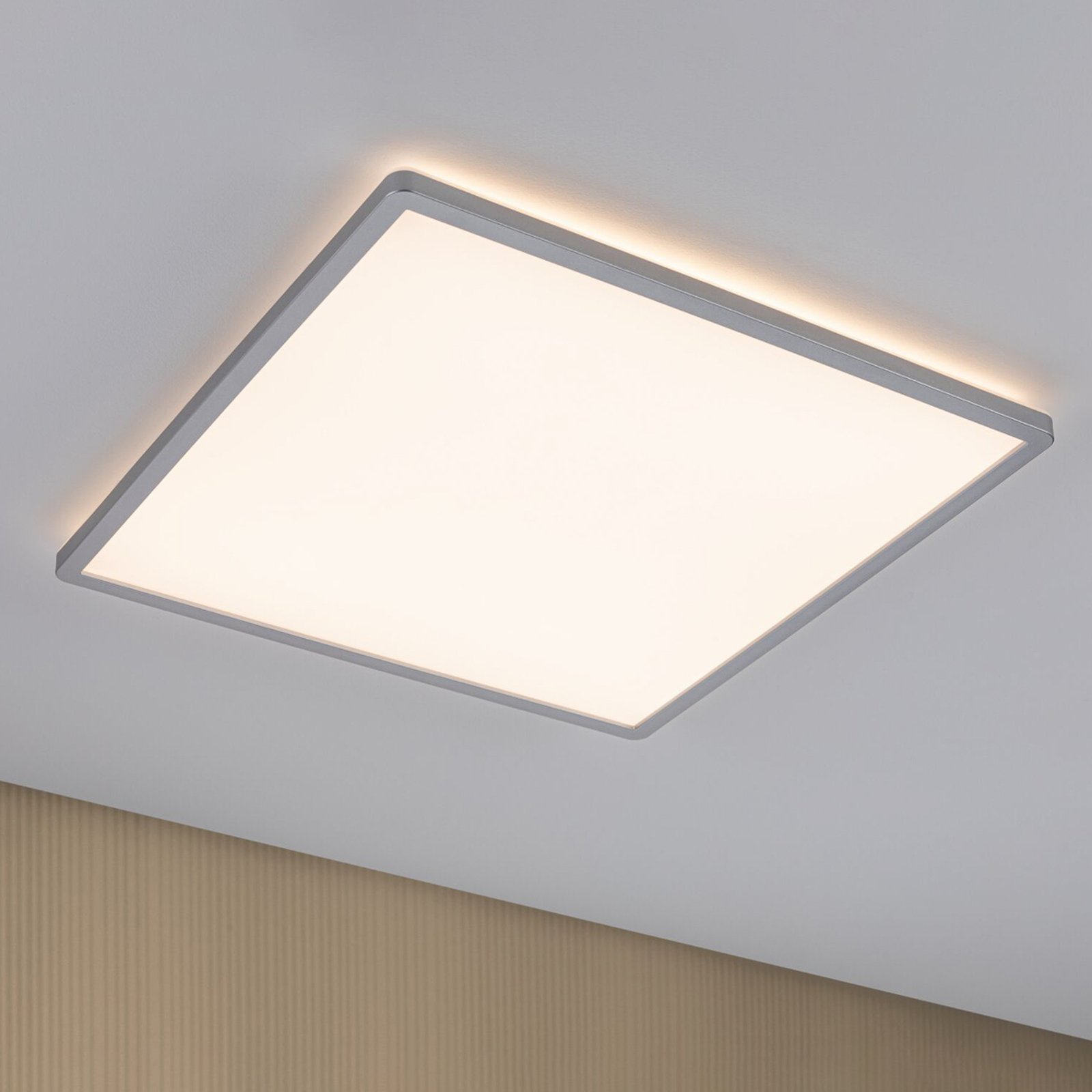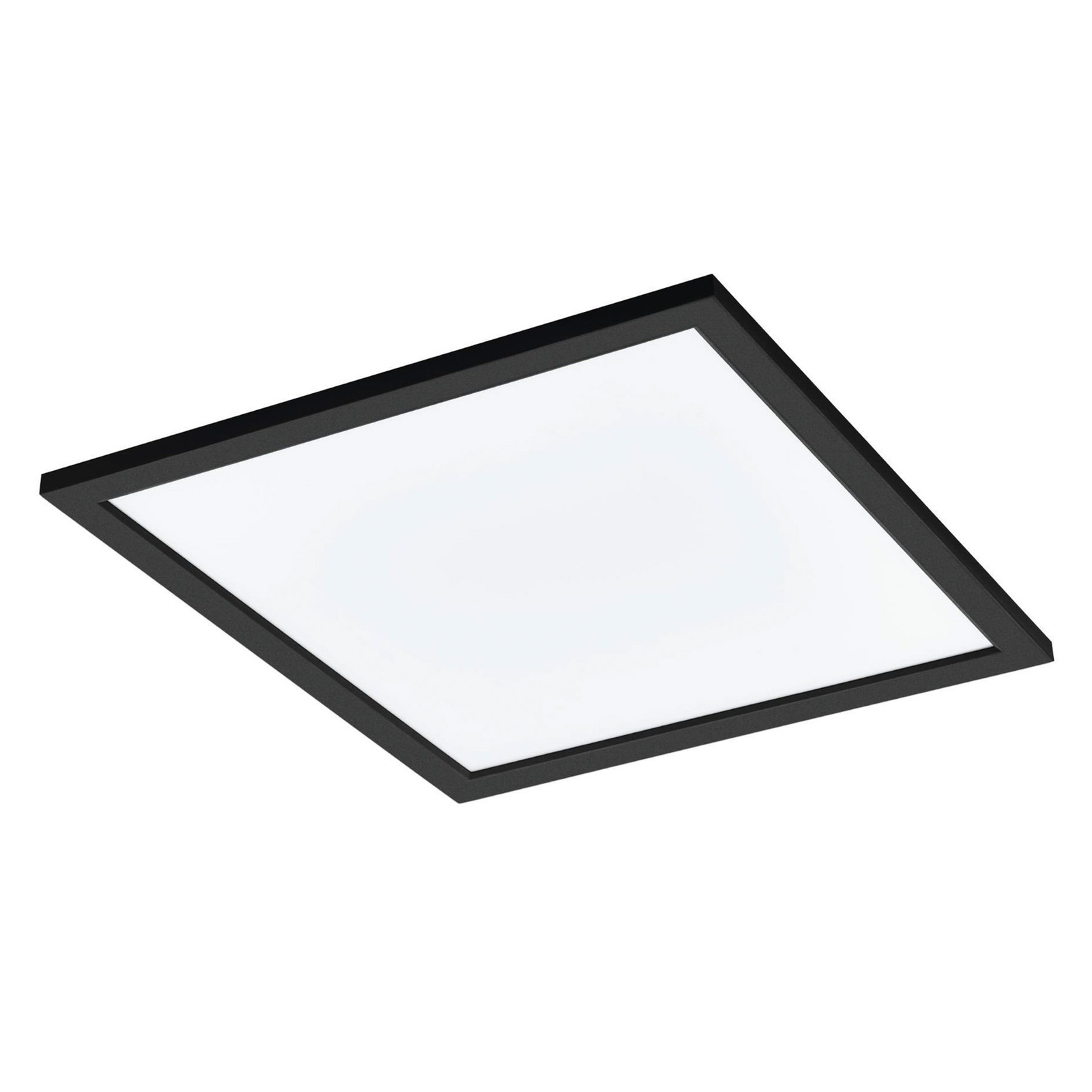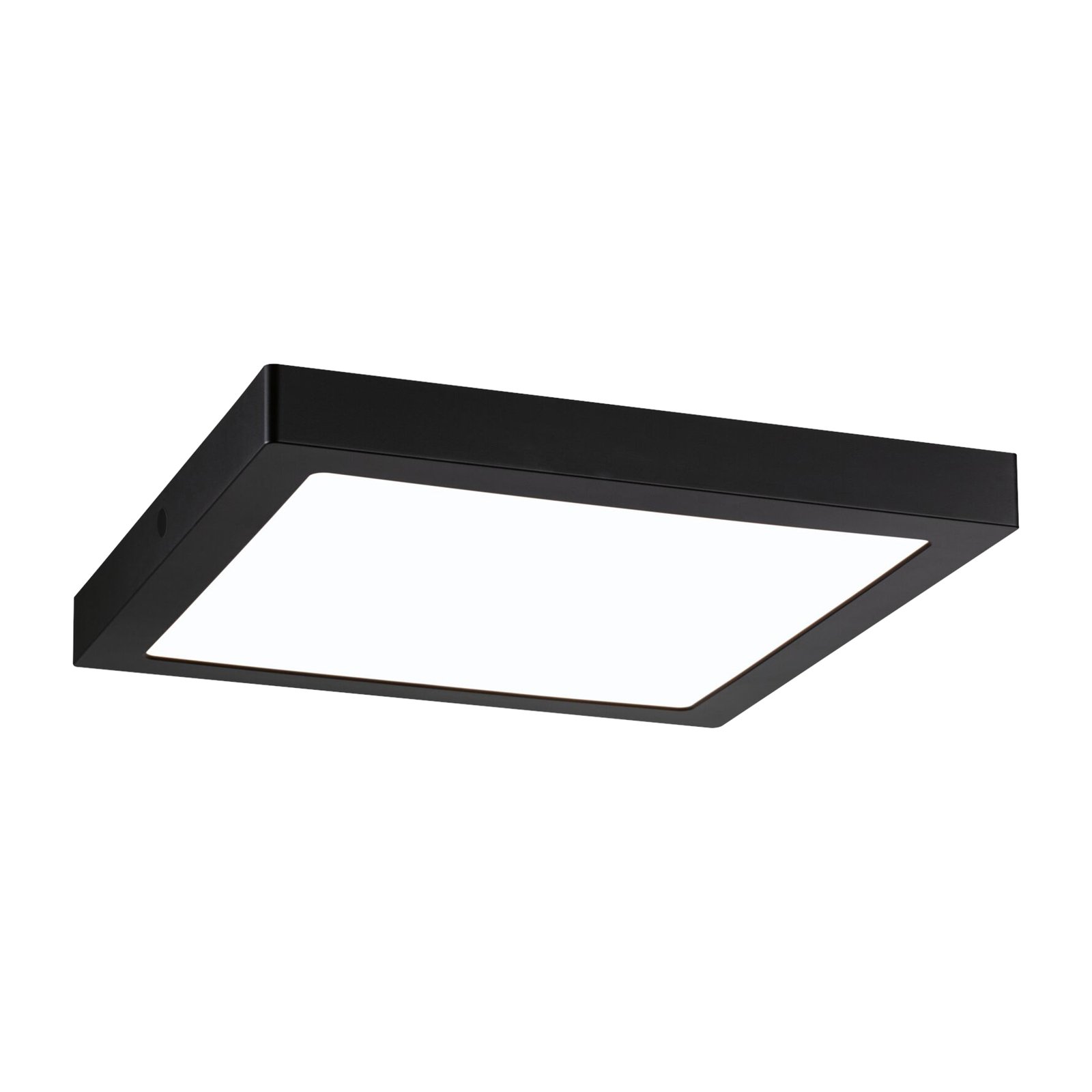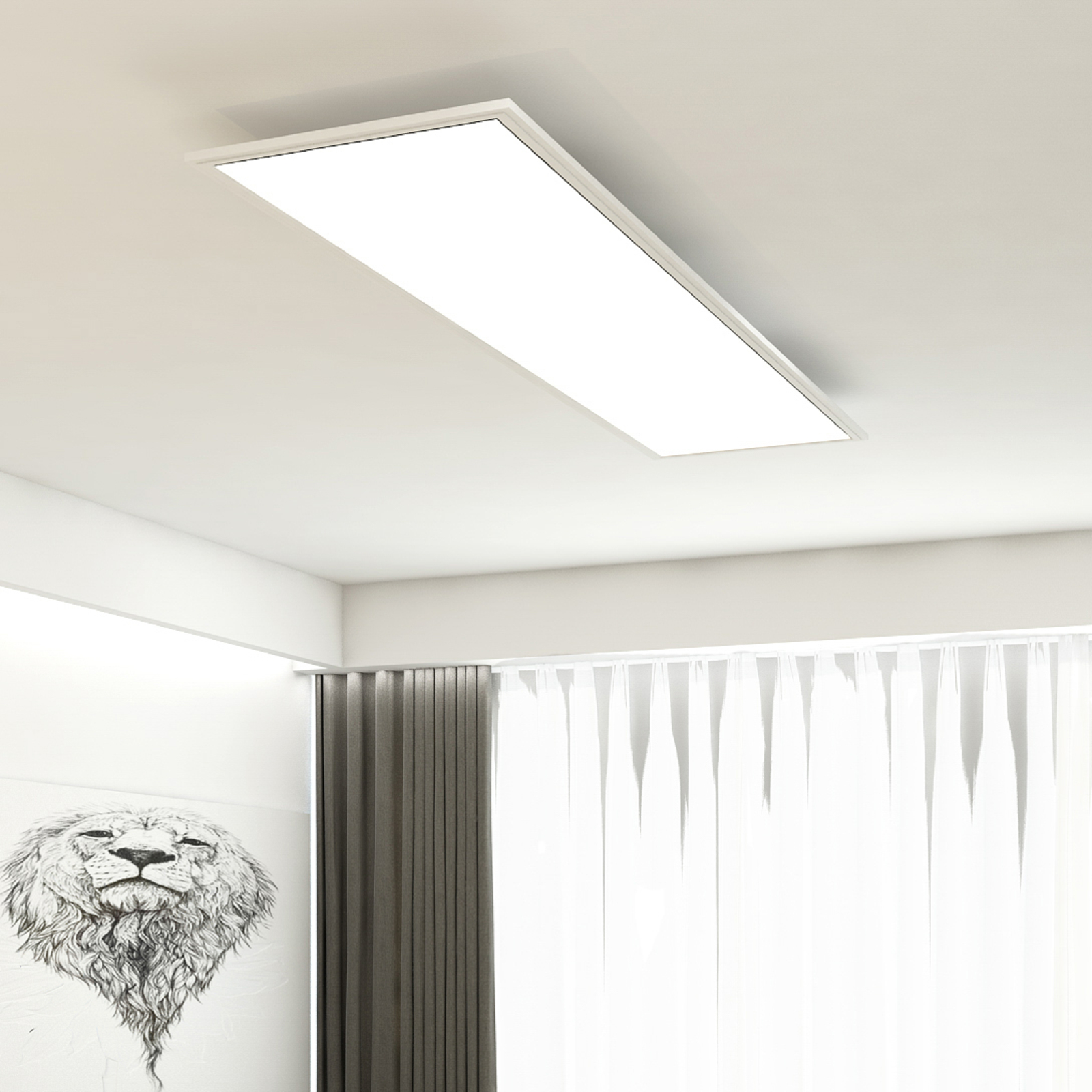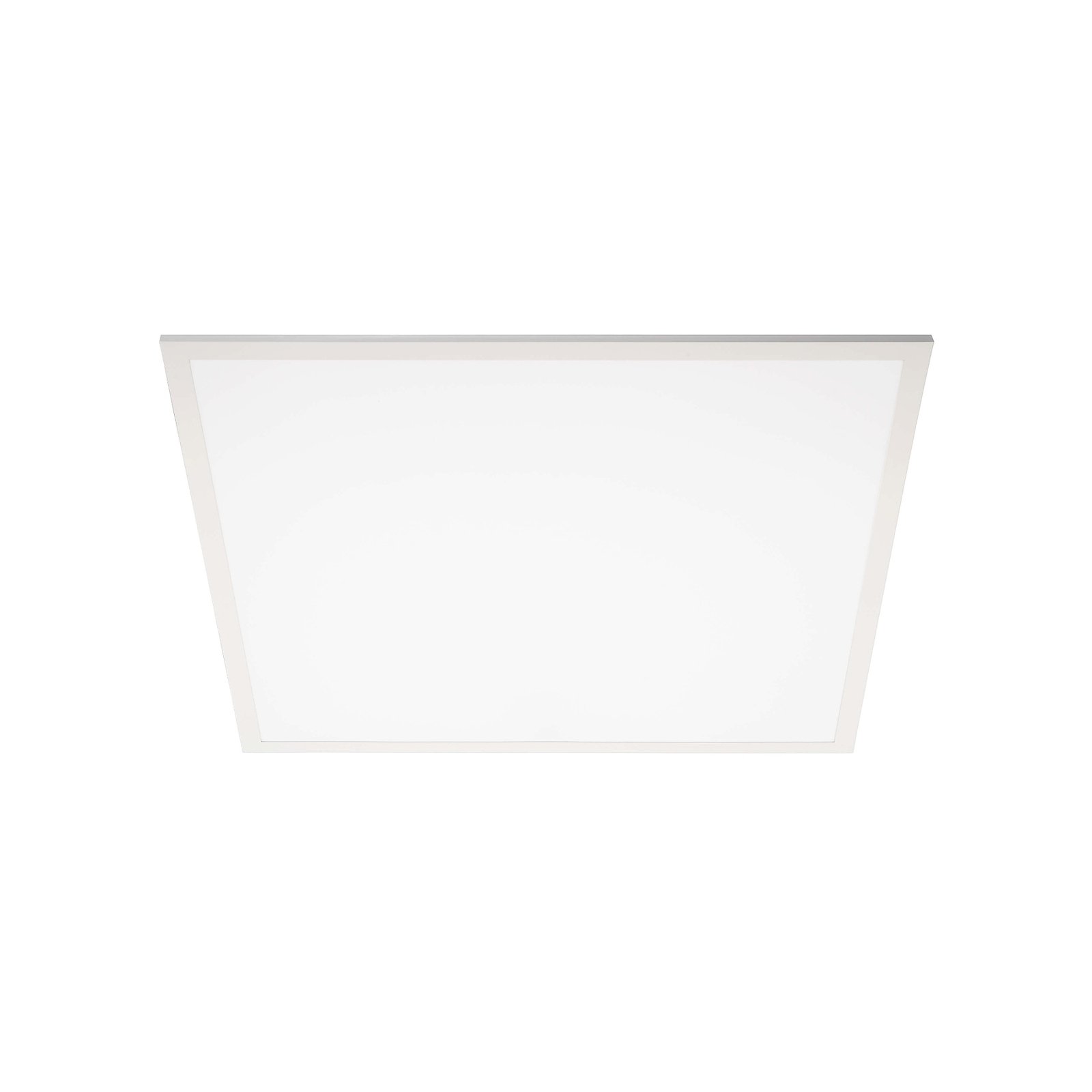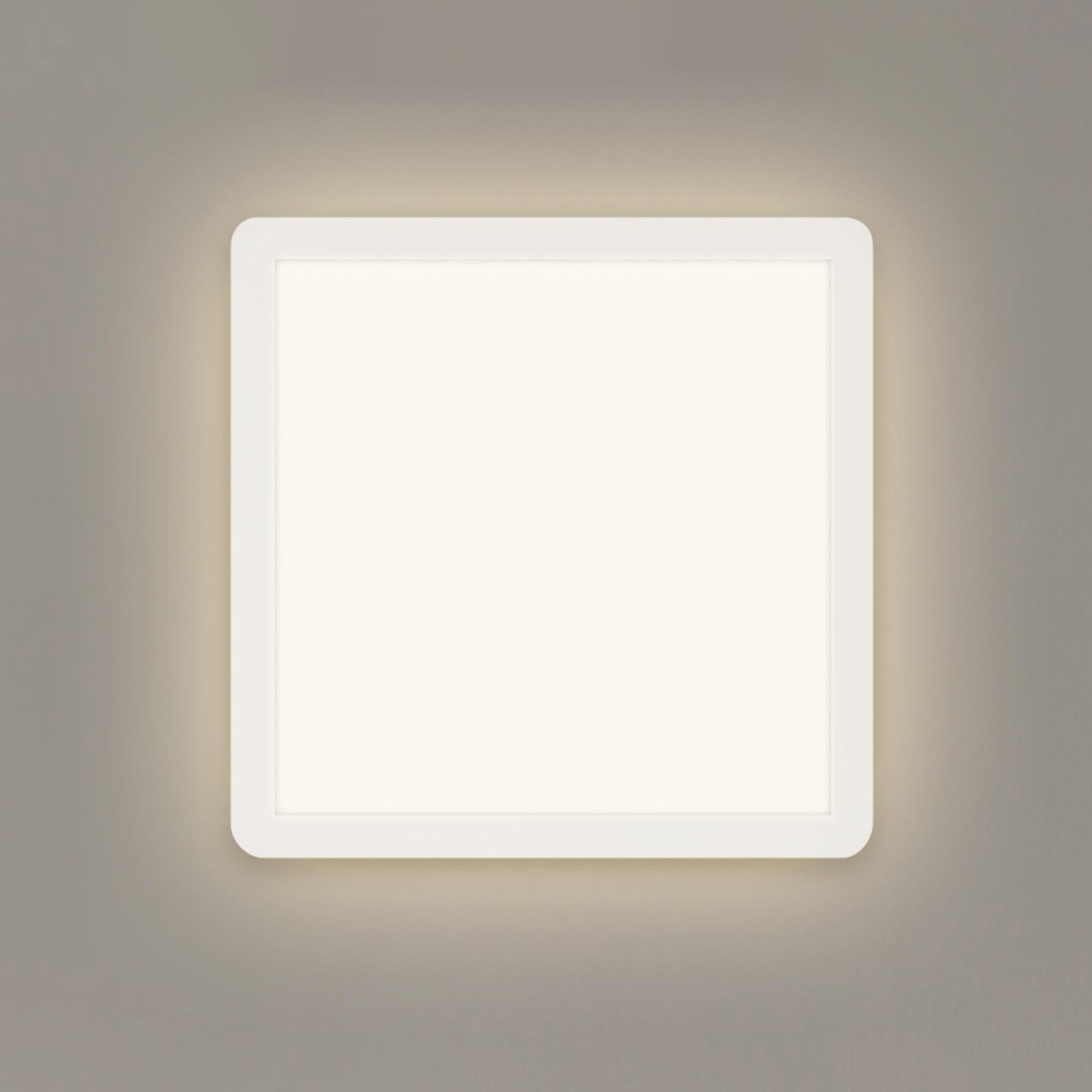- 50 days free returns
- Rated 'Excellent' on Trustpilot
- The UK's largest selection of brands
Experience a new sense of light with LED panels
Imagine entering a room that is bathed in a pleasant, even light. No dark corners, no glaring glare - just a soft, natural brightness that harmoniously illuminates the entire room. With modern LED panels, this feeling of light becomes reality.
Whether for relaxing hours in the living room, concentrated work or atmospheric lighting in the bedroom - LED panels create the right lighting mood everywhere. Thanks to their innovative design, they distribute the light evenly over a large area, creating a pleasant atmosphere that is both functional and inviting.
Modern LED technology not only offers efficient lighting, but also a long-lasting and sustainable solution. Thanks to their low energy consumption and long service life, LED panels are a future-proof choice for any room. In addition, different light colours and dimmable versions enable individual adjustment so that every environment can be optimally illuminated - from warm white light for a cosy atmosphere to neutral white or daylight white light for greater concentration and productivity.
LED ceiling panel - Versatile lighting solutions for any environment
LED ceiling panels combine modern design with high functionality and provide uniform, pleasant lighting in various living and working areas. Thanks to their flat design, they blend discreetly into any room design and offer an efficient alternative to conventional ceiling lights.
Harmonious light distribution for living rooms and bedrooms
An LED ceiling panel provides pleasant ambient lighting in the living room, which illuminates the entire room evenly without dazzling. Especially in combination with dimmable versions, the light intensity can be flexibly adjusted - from bright, clear illumination for everyday life to a warm, subdued atmosphere for relaxed evenings. LED panels also offer a pleasant lighting solution in the bedroom, as they do not emit direct light but gently illuminate the room.
Efficient lighting for kitchens and work areas
In the kitchen, bright and even lighting conditions are essential for working safely and comfortably. An LED panel on the ceiling distributes the light without creating annoying shadows and ensures a clear view of work surfaces. LED ceiling panels also offer ideal conditions for concentrated work in the home office or study by providing glare-free, daylight-like lighting.
Flexible light colours for different requirements
Depending on the application, LED panels are available in different light colours. While warm white light (approx. 2700-3000K) creates a cosy atmosphere, neutral white light (approx. 4000K) is particularly suitable for work areas as it supports concentration and productivity. Daylight white light (approx. 6000K), on the other hand, is used when you want to wake up in the morning and start the day with plenty of energy. Daylight white light is mainly used in cellars.
LED panel ceiling lights - elegance meets functionality in various sizes
LED panels are available in various dimensions depending on the room size and lighting requirements:
- Large LED panels (120x30 cm & 120x60 cm) These models offer a particularly high light output of up to 6300 lumens and are ideal for larger rooms or open-plan living areas. They can be integrated into standardised grid ceilings or installed with special mounting frames.
- LED panels for system ceilings (62x62 cm & 60x60 cm) Perfect for rooms with Odenwald ceilings or grid ceilings. They provide uniform, wide-area lighting with a light output of up to 4000 lumens and are ideal for salesrooms, surgeries or training rooms.
- Small LED panels (30x30 cm & 30x60 cm) These compact versions are particularly suitable for smaller rooms, narrow corridors or areas where specific lighting accents are required. Despite their small size, they offer high light quality and efficiency.
Glare-free lighting for a pleasant atmosphere
Thanks to special diffuser technologies, LED panels ensure uniform light distribution without creating unpleasant shadows or reflections. This makes them particularly suitable for rooms where relaxed lighting that is easy on the eyes is required.
RGB LED panel - atmospheric colour worlds at the touch of a button
Modern LED panels with RGB function transform any room into a customisable lighting oasis. Thanks to its colour change function, the light colours can be flexibly adjusted to create different moods - from warm, relaxing light to dynamic colour gradients for special occasions.
Soft transitions can be used to create a calming atmosphere or vibrant colours can be used to create a lively ambience. Ideal for living rooms, bedrooms or entertainment areas - whether it's a cosy movie night or stylish party lighting.
The dimmability of the panels allows the light intensity to be customised. While bright light optimally illuminates the room, dimmed light can create a pleasant feel-good atmosphere. This makes the panel a flexible lighting solution for any time of day and mood.
Convenient control via remote control or smart home systems
Thanks to modern control technologies, RGB LED panels are easy to operate:
Remote control - Direct colour and brightness adjustment at the touch of a button
Smart Home integration - control via voice assistants such as Alexa or Google Home and app control via smartphone
Scene storage - predefined lighting scenes can be saved and called up at any time
Especially in modern living concepts or as indirect lighting in open-plan rooms, these panels offer a stylish way to flexibly organise the lighting design.
LED wall panel - subtle accents for stylish room concepts
In addition to classic ceiling installation, LED wall panels offer a creative alternative for accent lighting. They can be used specifically for indirect lighting to visually enhance rooms or create atmospheric effects. Particularly when used as backlighting behind furniture or in combination with smart home functions, it creates a customised lighting design.
Perfect light for every mood
Light gives rooms character and influences our well-being. With modern LED panels you always enjoy the ideal lighting - bright and clear for everyday life, warm and soft for relaxing hours or colourful for special accents. Thanks to smart control and flexible lighting options, your home adapts to any situation.
Rely on timeless design, energy efficiency and maximum convenience - for an ambience that inspires.
The strike-through prices correspond to the manufacturer's RRP.
All prices include 20% VAT, delivery costs excluded.






































































